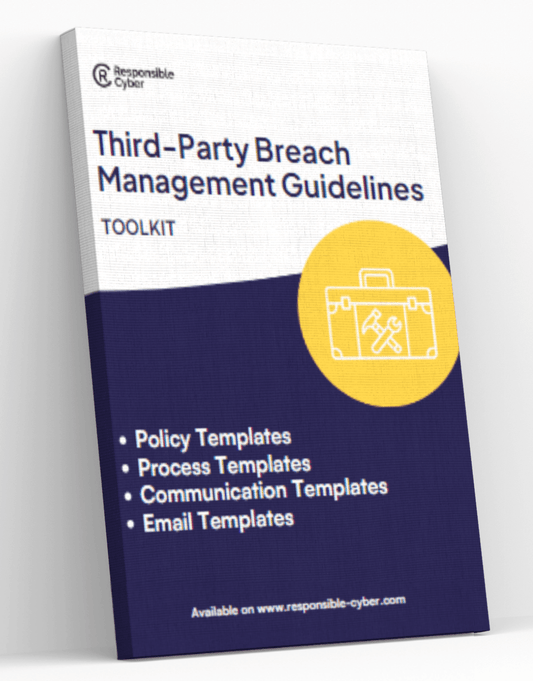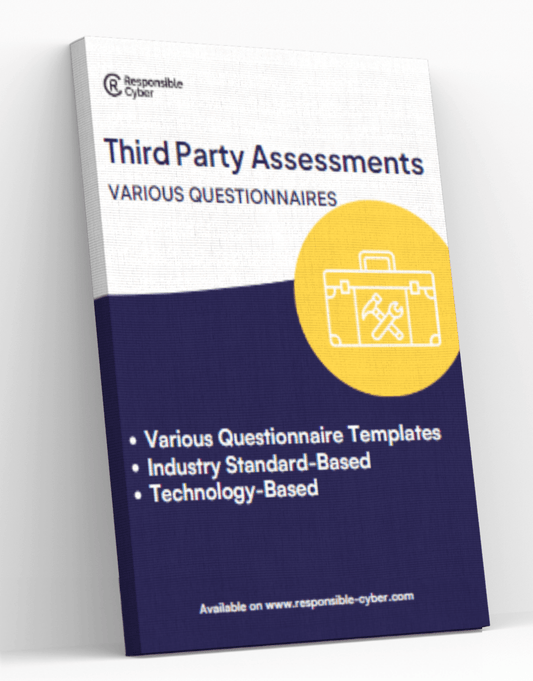Top Strategies for Effective Third-Party Risk Management in 2024

Managing third-party risks is critical for protecting your organization from potential threats. Here are some of the latest strategies and best practices for effective Third-Party Risk Management (TPRM) in 2024:
Comprehensive Risk Assessment Strategy
Implement a thorough risk assessment process for all third-party engagements. This includes financial stability checks, security assessments, and compliance reviews.
Best Practice: Use standardized risk assessment frameworks to ensure consistency and comprehensiveness.
Continuous Monitoring Strategy
Shift from periodic assessments to continuous monitoring of third-party activities and risks.
Best Practice: Leverage automated tools for real-time risk detection and alerts, ensuring ongoing compliance and security.
Advanced Data Analytics Strategy
Utilize data analytics and machine learning to predict and identify potential third-party risks.
Best Practice: Implement predictive analytics to proactively address risks before they materialize.
Strong Contractual Safeguards Strategy
Develop detailed contracts that clearly define security and compliance requirements for third parties.
Best Practice: Include specific clauses for data protection, incident response, and regulatory compliance.
Integration with Enterprise Risk Management (ERM) Strategy
Integrate TPRM with your overall ERM framework to create a unified approach to risk management.
Best Practice: Use a centralized risk management system that provides a comprehensive view of all risks, including third-party risks.
Regulatory Compliance Focus Strategy
Ensure your TPRM practices align with the latest regulatory requirements.
Best Practice: Stay updated with regulations like GDPR, CCPA, and industry-specific guidelines to maintain compliance.
Third-Party Collaboration and Communication Strategy
Foster strong communication and collaboration with third parties to ensure mutual understanding of risk management expectations.
Best Practice: Conduct regular meetings and audits to review and discuss risk management practices and improvements.
Incident Response Preparedness Strategy
Develop and test a robust incident response plan that includes third-party scenarios.
Best Practice: Conduct regular simulations and drills to ensure all parties are prepared for potential incidents.
Utilization of Blockchain Technology Strategy
Implement blockchain for secure and transparent third-party transactions and interactions.
Best Practice: Use blockchain to maintain an immutable record of third-party engagements and compliance.
Employee Training and Awareness Strategy
Educate employees about the importance of TPRM and their roles in managing third-party risks.
Best Practice: Conduct regular training sessions and awareness programs to keep staff informed and vigilant.
Conclusion
Adopting these strategies and best practices can significantly enhance your organization's TPRM, ensuring robust protection against third-party risks. Staying proactive and leveraging advanced technologies will position your organization for success in 2024 and beyond.







